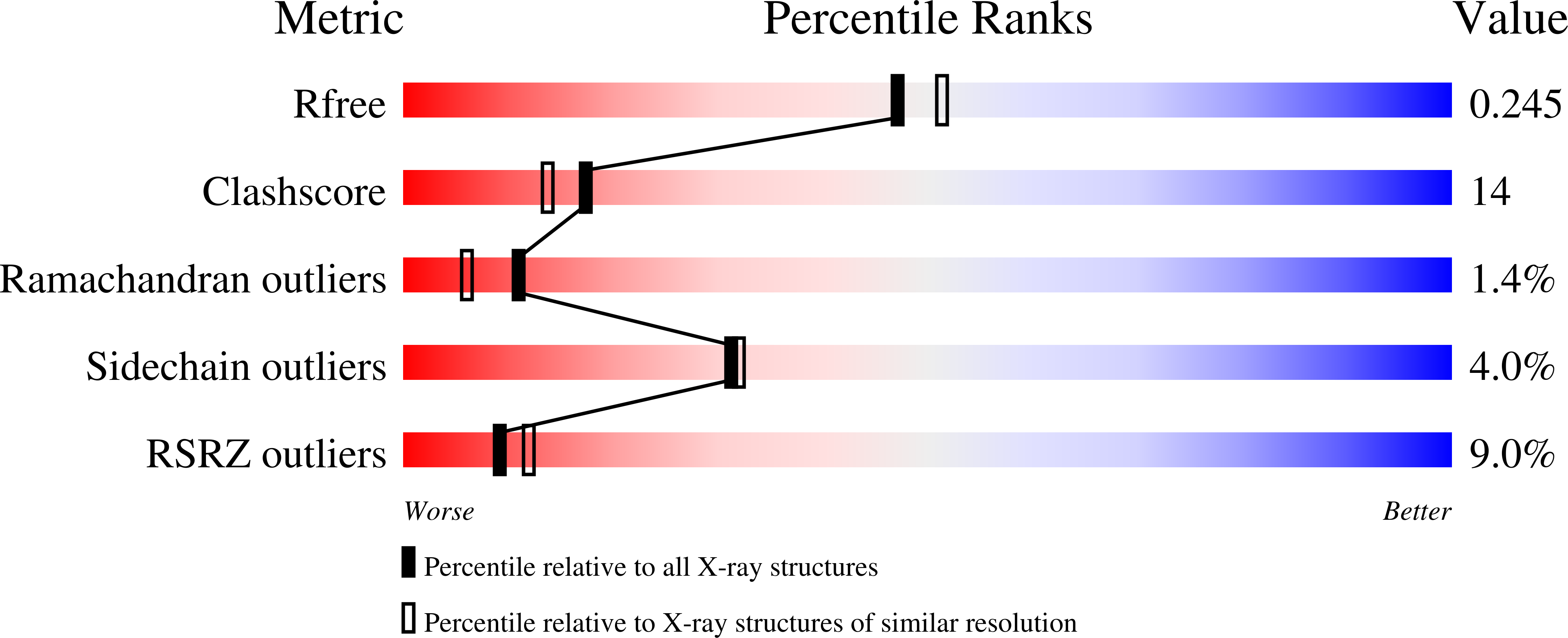
Deposition Date
2003-09-23
Release Date
2003-11-18
Last Version Date
2024-10-30
Entry Detail
PDB ID:
1R13
Keywords:
Title:
Carbohydrate recognition and neck domains of surfactant protein A (SP-A)
Biological Source:
Source Organism:
Rattus norvegicus (Taxon ID: 10116)
Host Organism:
Method Details:
Experimental Method:
Resolution:
2.10 Å
R-Value Free:
0.24
R-Value Work:
0.22
R-Value Observed:
0.22
Space Group:
P 63


